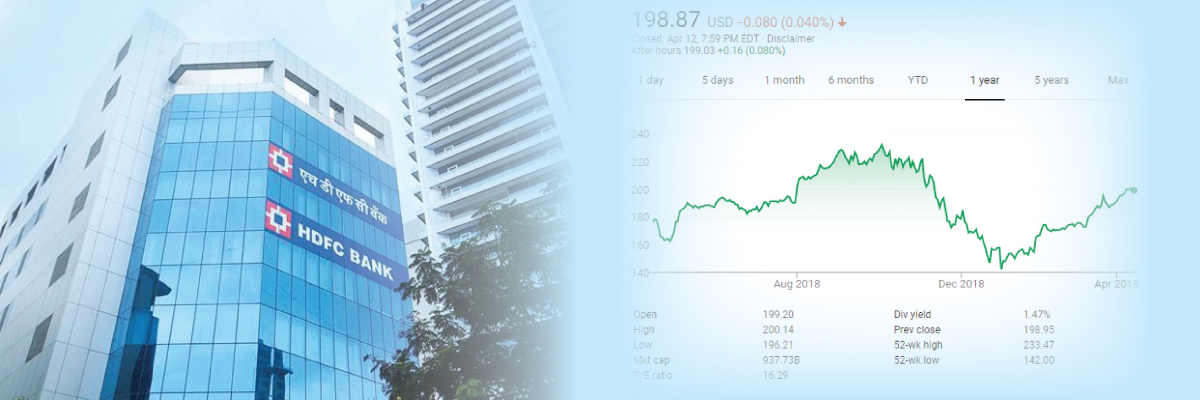Interesting Facts About HDFC Bank and its Stock Prices
The banking sector forms the backbone of the economy. It is this sector which essentially holds levers of liquidity and cash floating in the market,

The banking sector forms the backbone of the economy. It is this sector which essentially holds levers of liquidity and cash floating in the market, making investments in volatile securities such as stock markets easier for the people in businesses.
At the same time, it is also a known fact that the majority of India’s population lives in the rural areas. But at the same time a majority of income to the economy is contributed by the urban areas.
Maintaining this delicate balance and getting the perfect mix of options for both audiences has been a challenge which many banks have not been able to overcome. Be it penetration in the rural markets or shrewd manner to control NPAs, HDFC bank has always been able to have the best of both world, which has led to HDFC bank share prices reaching high up every year.
HDFC bank shares (in the year 2000) were trading in the range of Rs. 20-30 per share. However, in the year 2009, the prices had climbed up to Rs. 120-130 per share.
From here, in the past decade, the prices have climbed to the levels of Rs. 22,000 per share, after which the company decided to announce a stock split and hence the prices of share came down to approx. Rs. 11,000 per share.
So, here are a few interesting facts about HDFC bank which may boost your knowledge about this banking giant.
1. HDFC bank is among the few banks of national importance which have zero debt exposure to Kingfisher Airlines which went broke a couple of years ago and has extensive outstanding loans in India.
2. HDFC bank has expanded its base in the rural areas, extending organized credit to people in the rural parts especially for housing. While for SBI the downside is a high number of NPAs, HDFC has managed to keep its NPA in check
3. HDFC bank does not promote mutual fund, FD in rural, but keeps that money in current account or saving account. It doesn’t take the pain to educate the financially illiterate people, because that will give less revenue to bank.
4. It takes money at 0% to 3.5% from rural and provides cheapest home loan rate @ around 8.5% against competitors which give around 0.75% more than HDFC bank. Still HDFC Bank gains a margin of 5.5% to 8% while competitors earn 1 to 2% as they provide loan against money received against FD.
These are the factors which have contributed significantly to the bank’s success on the market and has helped HDFC become a favorite of mutual fund managers. A blue-chip stock to the core, HDFC has made sure to ride over any waves of uncertainty and downturns.
However, any investment in any stock must be analyzed thoroughly by an investor before parking his money in the same. Not all stocks turn out same as HDFC bank even if their price charts show similar trends. An extensive fundamental and in-depth study of the stock and the company is needed to pick out stocks which are likely to be multi baggers of tomorrow.







